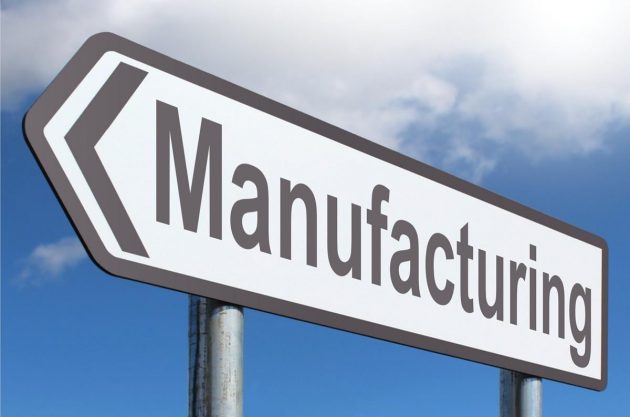
5 tips that can prevent machine breakdown at your manufacturing facilities
by Salman Rashid, M2SYS Technology
Machine maintenance tips to avoid higher maintenance costs, fines, and unplanned downtime.

PHOTO: Manufacturing/Nick Youngson via Picpedia.org
Let’s face it — one of the biggest impediments across organizations, especially capital intensive ones, is equipment failures. In fact, manufacturing facilities are familiar with it and know how problematic machine breakdowns can be. These create bottlenecks, hamper production as well as workplace safety, leading to higher maintenance costs, fines, unplanned downtime, and more. Fortunately, preventing machine breakdown is entirely possible — let’s see how.
Preventing machine breakdown with 5 tips
Follow manufacturers’ guidelines properly
One of the reasons why machines break down is because the technicians don’t adhere to the manufacturer’s instructions. You’d be surprised to know that many don’t even open the manuals that come with the machine, simply because they don’t know that these exist!
Most of the materials technicians need to know about the equipment can be found in these manuals like calibration guidelines, checklists, troubleshooting tips, etc., and following these recommendations to the T can reduce breakdowns. However, it’s not up to the technicians entirely – they need to be educated about these properly.
Provide training to relevant employees
Human errors have a significant impact on heavy manufacturing equipment, leading to unexpected failures, safety incidents, and worse. Training both machine operators and technicians is crucial to prevent machine breakdown.
The operators must receive training on how to use the manufacturing equipment safely and effectively, whereas the maintenance department must be trained to know everything about the machinery. Whenever there are updates or changes made to the equipment, conducting training sessions to disseminate the information among the employees is a must.
Moreover, organizations can take it further by conducting quizzes, interviews, or small exams to know how well the employees know the pieces of equipment.
Prevent overworking the machines
Every piece of equipment, even the high-performance one, has limitations. Many pieces of equipment come with a “lifetime” after which they might malfunction, might become less effective, or need to be replaced. Others come with details on how much workload they can handle. However, organizations that push machinery to its limits frequently can experience reduced lifetime, malfunctions, overheating, unresponsiveness, or even premature death.
This one has an easy fix – don’t overwork the machines! Ensure that the pieces of equipment are running below the maximum specified workloads. If you need to meet quotas or increase production, getting new machinery might be a safer and cheaper option, as overworking the machinery leads to unexpected equipment breakdowns and costly delays.
Work on preventative maintenance
Preventative maintenance consists of conducting tasks beforehand that reduce unexpected machine downtime and prevent machine failures. Under preventative maintenance, the assets receive frequent maintenance to keep them running smoothly. For instance, routine maintenance identifies issues with the machinery – technicians can then plan and work on solving the problem before it becomes significant.
Thankfully, organizations can streamline maintenance management with CMMS software – keeping relevant information organized, everyone on the same page, and much more.
Be proactive, not reactive!
This is similar to preventative maintenance, but it deserves a different section. Reactive maintenance can be costly as it leads to halted production, bottlenecks, etc. On the other hand, being proactive via preventative maintenance can iron out issues even before they occur or become significant.
Organizations need to ensure that everyone participates in maintenance management. For instance, work requests can be submitted when employees identify red flags, work orders can be scheduled after verification, resources can be assigned, and so on. Doing so can greatly reduce machine downtime as they receive regular maintenance – improving production and minimizing maintenance costs.